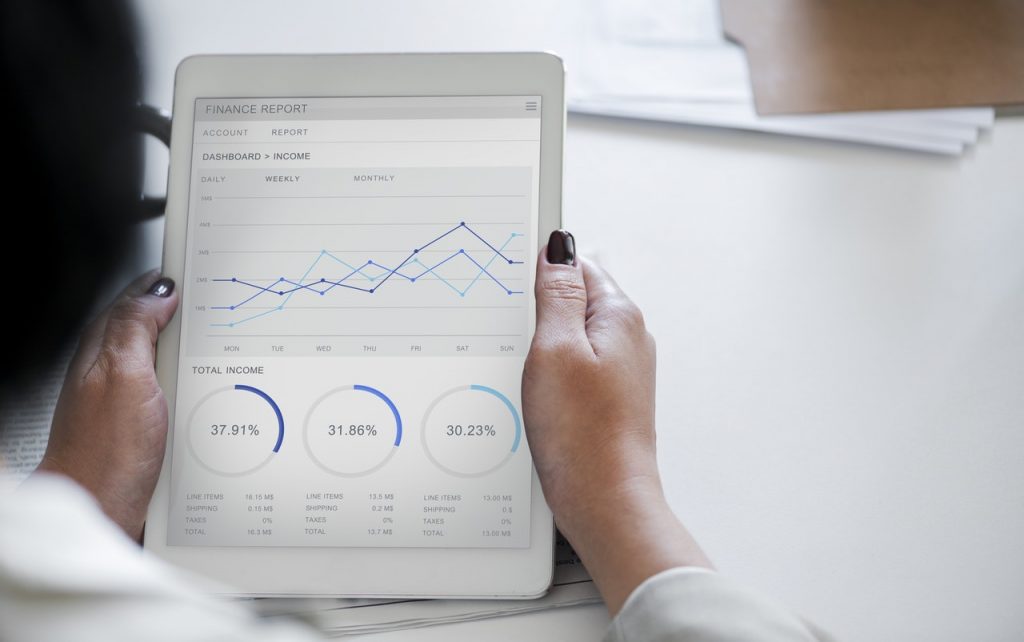A business’s profit margins are more dependent on how effective the management of a company is able to deploy and use assets in order to maximise their returns on investments and returns on assets. Investors commonly use these financial equations generally referred to ROI and ROA as a means to assess the effectiveness of a company’s management team in using financial and others resources which include current and fixed assets.
The equations are rather simple and are explained in this article in an non-formal way for your own personal understanding of what these financial equations tell us based on a company’s balance sheets and income statements. First and foremost, let us have an understanding of the words investments, assets and returns. Investments are basically the funds that are used in a manner that it will benefit the person who invests in some way or another.
Assets are the ‘things’ that are invested in, in order to ensure that the business is operational and returns are the benefits that are derived from the investment and assets. Below is a simple example of these elements from the perspective of an entrepreneur who is going to establish a small printing station (Printers as we all know have come a long way from the time that they were introduced to the masses and became an essential accessory for any workstation that was or is equipped with a personal computer, machines and even Point of Sale systems or POS.
In this case scenario the initial cost of setting up the business (capital) would involve renting the premise and buying printers, coloured paper, receipt paper rolls or thermal paper, desks, computers copiers and anything else that is required to operate the business.
Starting with the ROI, let us for example assume that the entrepreneur invested 10,000 USD and at the end of the year after deducting salaries, rent and the cost of operating the business from the revenues earned the entrepreneur has 20,000 USD at the end of the first year in business (financial year). His ROI would be calculated as 20,000/ 10,000 = 2.00. This simply means that for every dollar that the entrepreneur had invested he gets back 2.00 USD. The ROI is also known as a ‘Liquid Ratio’.
Now let’s talk about the RETURN on ASSETS or ROA. This measure simply provides a calculation of how efficiently the entrepreneur had used his assets. For instance if the entrepreneur spent 5,000 USD on assets such as computers, printers, tables, chairs, bond paper and ink or thermal paper rolls, his return on asset is calculated as total assets/ net profit.
Which means, since he had spent 5,000 USD on assets and made 20,000 USD at the end of the year, his ROA would be 20,000/ 5,000 = 4.00 USD. This implies that for every dollar that the entrepreneur had spent on assets he got back 4 dollars.
These measures are normally used by traders to assess the cost effectiveness of a company and the rule of the thumb is that the more effective the company is in saving money, the more desirable it is for attracting investments towards expanding the business.

